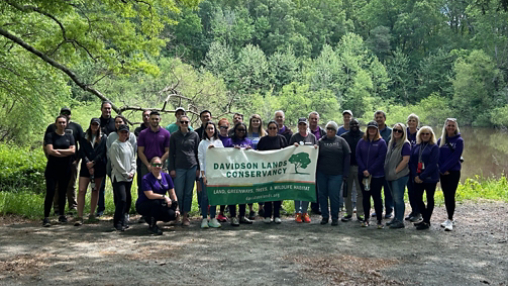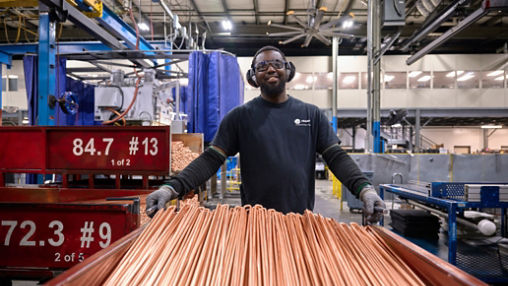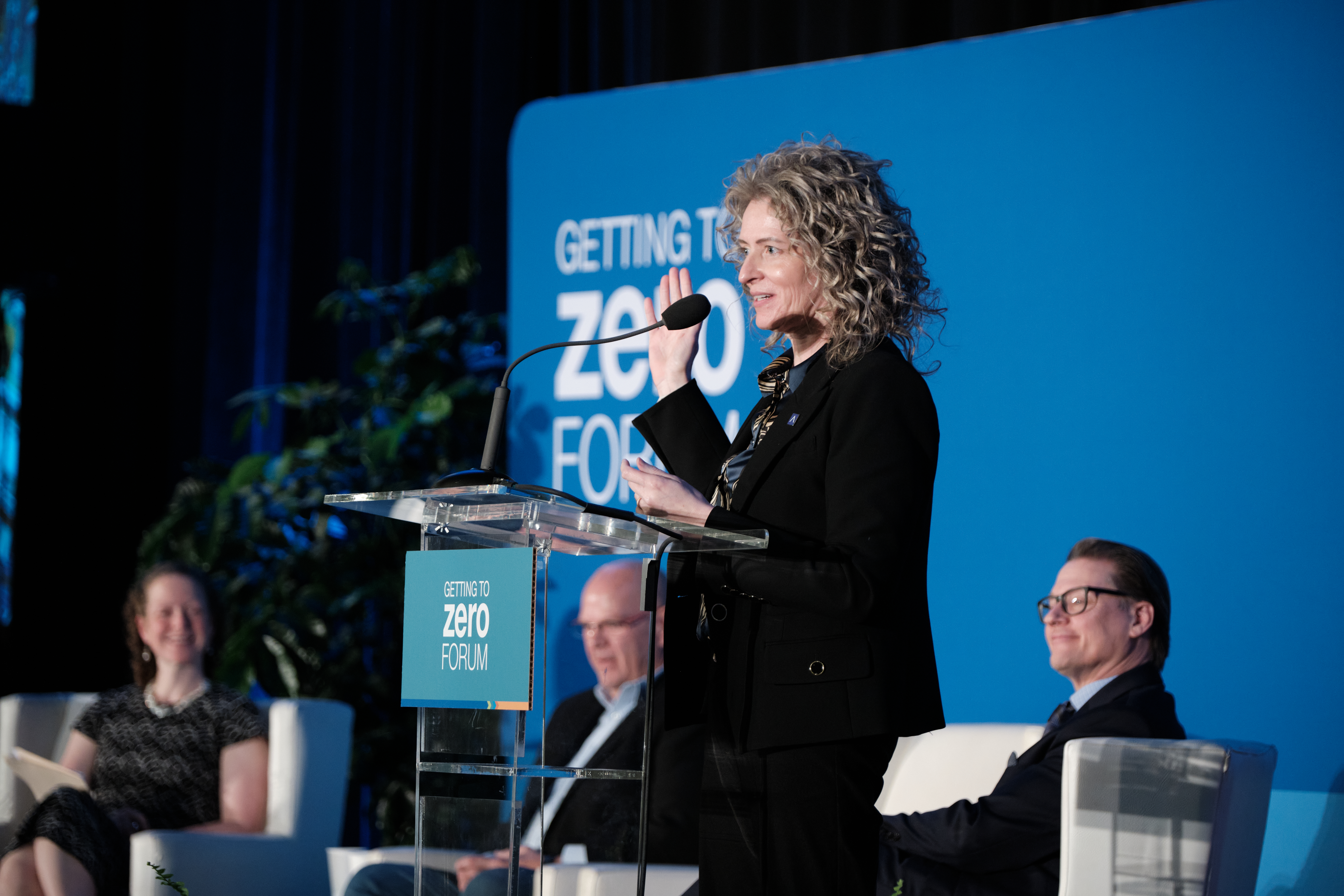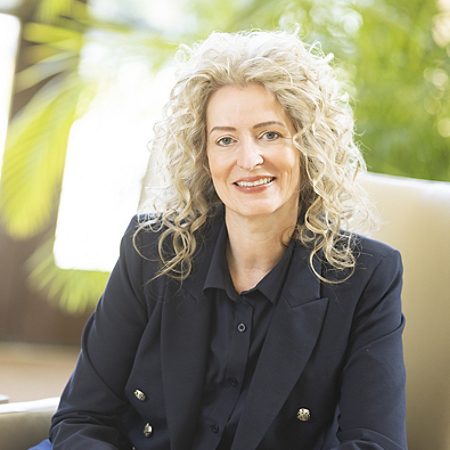On the face of it, we are in a Catch-22 situation. As global warming leads to a hotter world, there will be greater need for more cooling and more air conditioning than ever before. But this means more energy use, often through burning fossil fuels, which simply exacerbates climate change. Heating, ventilation and air-conditioning (HVAC) can be part of the solution. The key to this is to stop seeing heating and cooling as separate entities.
The heating and cooling requirements of a building have historically existed in silos, but this is a way of thinking that needs disrupting. We have this absurd situation where on the one side we are using fossil fuels to create heat, and then on the other, we’re using electricity to reject heat from the same building. This inefficient use of energy means that in Europe, buildings are responsible for 40% of energy consumption and 36% of greenhouse gas emissions. Almost half of the energy used in buildings is on heating and cooling.
A thermal management system combines the ability to chill and heat by recovering energy that would otherwise be wasted. When powered by renewable electricity, thermal management systems can play a crucial role in decarbonizing buildings and cities, helping to remove the need for fossil fuels and reduce greenhouse-gas emissions. This innovative and proven approach to heating and cooling has seen Trane partner with a growing number of organizations that are looking to decarbonize their operations and enhance a building’s efficiency and sustainability.
Sustainability in Action: Mater Dei Hospital
Hospitals are a classic example of where both a chilling load and a heating load overlap at the same time. At the Mater Dei Hospital in Malta, when the time came to replace the existing chillers, the hospital opted for a new thermal management system that produces both chilled and hot water at the same time, helping to meet heating, cooling and dehumidification needs across the hospital. The system has led to savings of over €1m a year on the diesel fuel needed to power a boiler, and also prevents almost 3,000 tonnes of CO2 equivalent each year. But in addition to these savings, Ramon Tabone, senior mechanical engineer at the hospital, believes that improved air quality is another important benefit of the Trane system.
“We forget the direct impact on the health of the citizens when burning fossil fuels in densely populated city and village centers,” he says. “There is no doubt that health-related pollutants have reduced dramatically as a consequence of this project.”
Sustainability in Action: Derby College
Around 80% of the work Trane does is retrofit, and while the initial outlay may be higher than simply replacing like-for-like, once savings in fuel costs are factored in, the system is in some cases better than free. Another example is the installation of a low-carbon heating system at Derby College’s Broomfield Hall Campus, with the new highly efficient thermal system replacing fossil-fueled boilers.
According to Iain Baldwin, the college’s director of estates: “Relying on a carbon-based heating system was outdated and unacceptable in today’s society. This installation is a step in the right direction for the college and is a great example of how green, clean energy provision can be utilized on a greenfield site.”






















